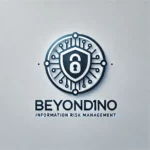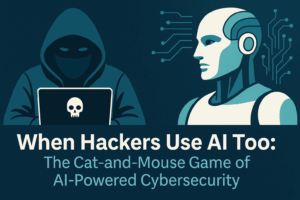In today’s fast-paced digital world, security often takes a backseat to speed. Companies push for faster development cycles, continuous deployment, and innovation—but too often, application security becomes an afterthought. The result? Vulnerabilities, breaches, and costly fixes that could have been avoided.
But what if security wasn’t a roadblock? What if it was an enabler of better, more resilient applications? That’s where a security-first development culture comes in.
Why Security Often Gets Overlooked
- Speed vs. Security Trade-off – Developers feel pressured to ship features quickly, viewing security as a delay.
- Lack of Security Awareness – Many teams lack proper security training, assuming it’s solely the responsibility of IT or security teams.
- Fragmented Processes – Security is treated as a separate phase, rather than being integrated into the Software Development Lifecycle (SDLC).
- Fear of Slowing Innovation – Companies worry that enforcing security policies will stifle creativity and agility.
The Key to a Security-First Culture: DevSecOps
To bridge the gap between security and development, companies must adopt DevSecOps—an approach that embeds security into every stage of development without disrupting agility.
How to Build a Security-First Development Culture
- Make Security a Shared Responsibility
Security isn’t just the job of IT or security teams. Developers, product managers, and leadership all need to be accountable. Foster a mindset where security is part of everyone’s role. - Shift Left: Embed Security Early
Instead of treating security as a final checkpoint, integrate security from the start. Use automated security testing, code reviews, and threat modeling in the early development stages. - Empower Developers with Security Training
Equip your developers with secure coding practices and real-world attack scenarios. Regular training on OWASP Top 10 vulnerabilities, API security, and secure coding frameworks can significantly reduce security gaps. - Automate Security Without Slowing Down Development
Implement CI/CD security tools like SAST (Static Application Security Testing), DAST (Dynamic Analysis), and container security scans to catch vulnerabilities early without disrupting workflows. - Encourage a Security-First Mindset Through Leadership
If leadership prioritizes security, teams will follow. Foster a culture where security is seen as an asset rather than an obstacle to innovation. - Measure and Reward Secure Development Practices
Track security metrics (e.g., vulnerability resolution time, security debt reduction) and recognize teams that actively improve security practices.
The Bottom Line
Security doesn’t have to be a bottleneck. By fostering a security-first development culture, businesses can build more resilient applications, reduce costly vulnerabilities, and maintain agility in today’s competitive landscape.
The question is: Is your company integrating security into development, or is it still an afterthought?




